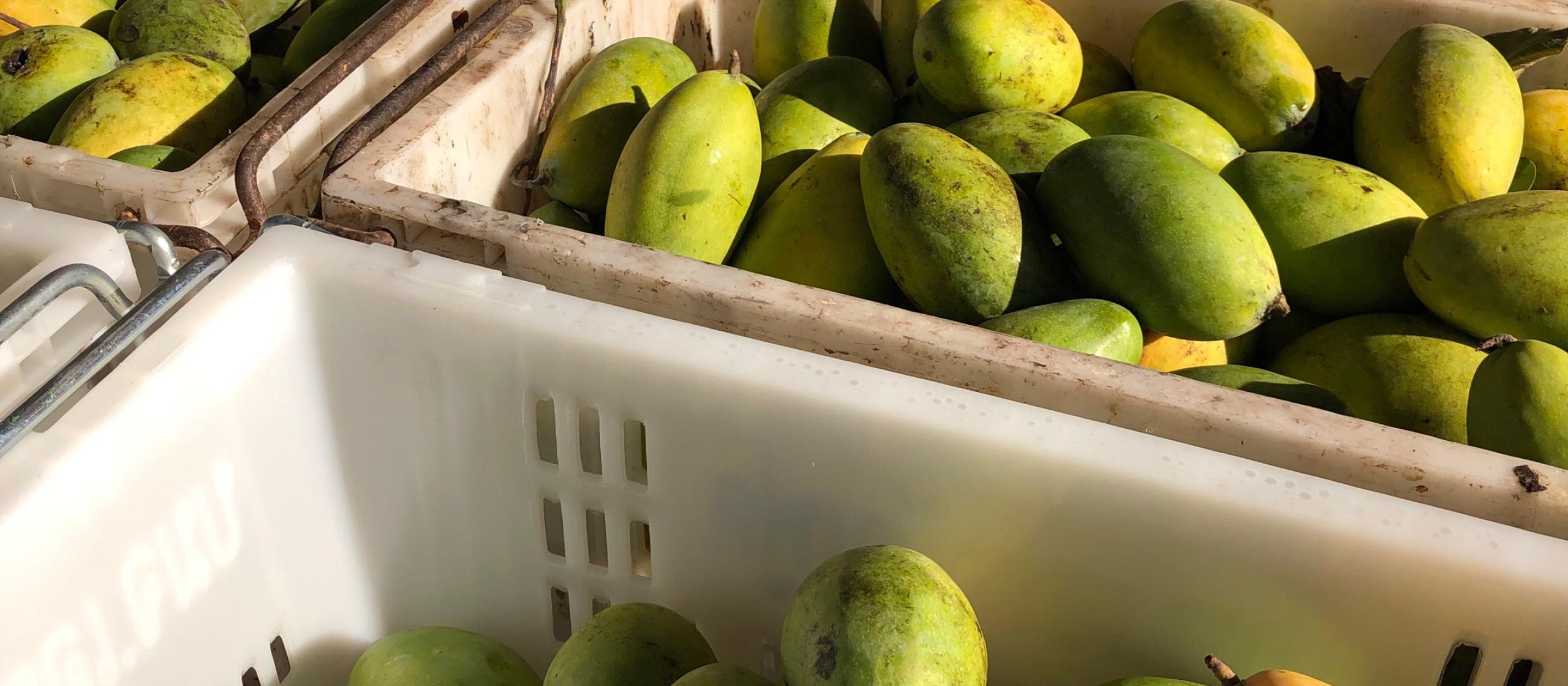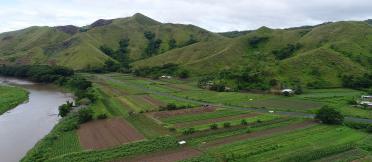Food loss and food waste are a symptom of larger inefficiencies in our food systems. Understanding both definitions is a starting point toward achieving correlating objectives like food security and nutrition, among other challenges. According to the UN’s FAO, we can define them as:
Food loss – the decrease in the quantity or quality of food resulting from decisions and actions by food suppliers in the chain, excluding retailers, food service providers and consumers.
Food waste – refers to the decrease in the quantity or quality of food resulting from decisions and actions by retailers, food service providers and consumers.





